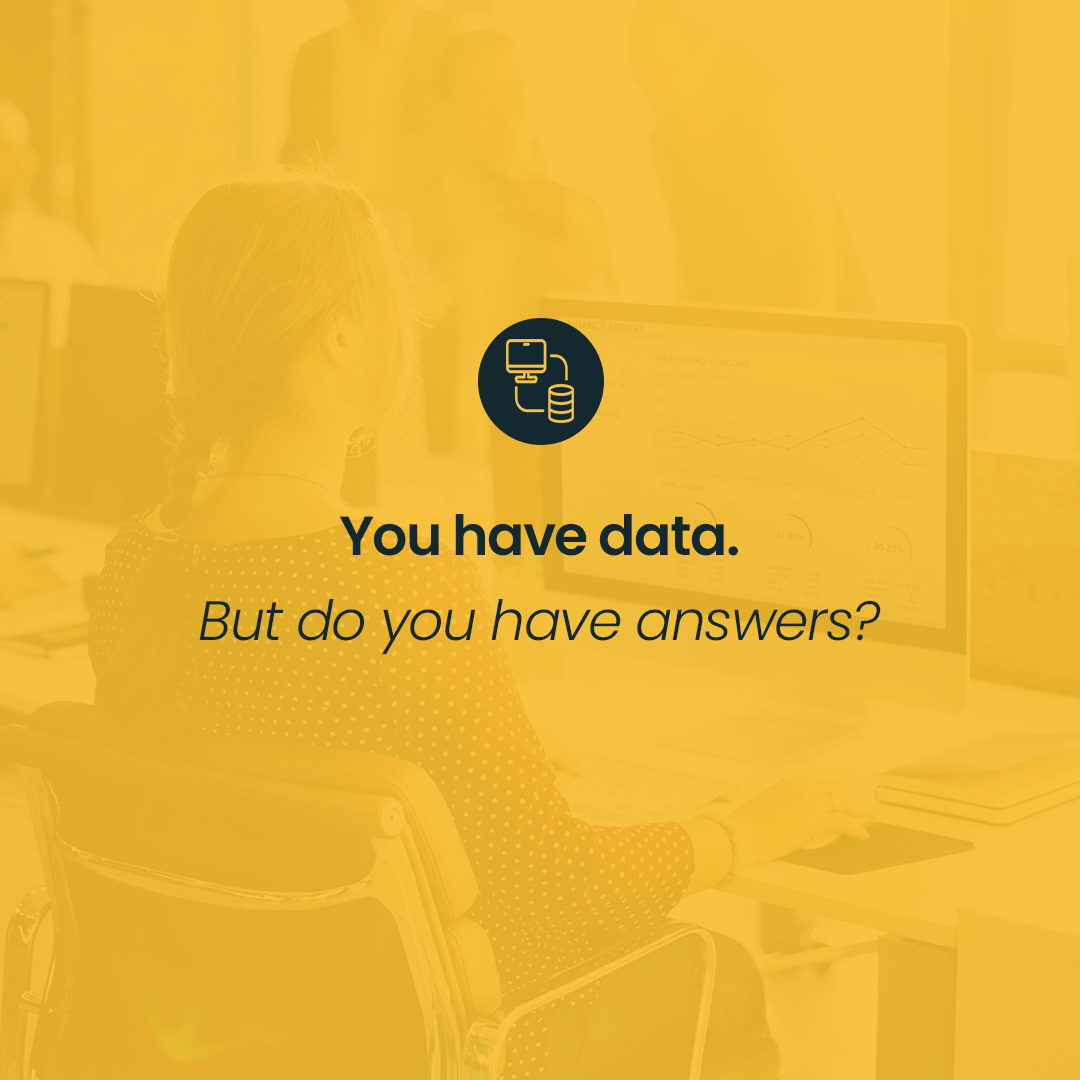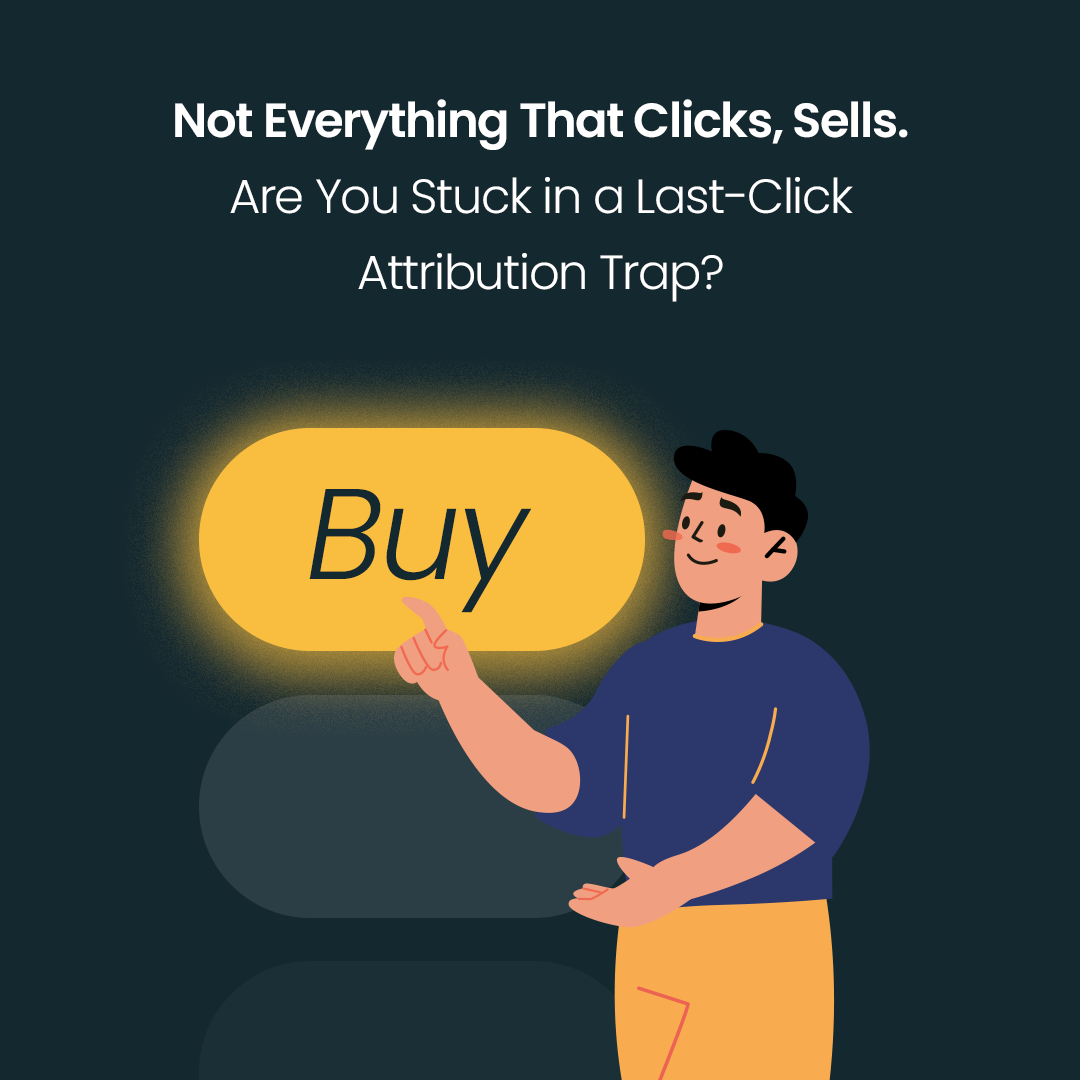A famous quote stands Only those who do nothing make no mistakes. It’s true – we were not born as specialists, and mistakes can be the best teacher. Nevertheless, you can also learn from the mistakes of other people. And many people make mistakes when it comes to Facebook Ads Manager. In this text, we will discuss the most problematic tasks for those who want to boost their results.
1. You optimize your ads too often
Facebook algorithms are now smarter than they were a couple of years ago. You should trust them and take advantage of what they are offering. The more control we want to have on our ad, the less is left for Facebook. What does it mean?
We can divide Facebook campaigns into two phases:
Learning
Proper one
Ads will turn into the second phase in the moment when Facebook has enough conversions in a short period because then it can manage our budget most efficiently – showing the ad to those who are interested in it.
Did you ever talk to your friends about wanting to buy something and a few minutes later you saw an ad way too accurate to be a coincidence? It was the proper phase of the campaign and the efficient system tracked you as a potential buyer. Facebook does not share such precise tools for targeting in the ads panel. We can achieve this effect only with optimization. This is why we shouldn’t change our campaigns too often – we’re not giving our ads enough time to learn and we are taking the best possibilities away from ourselves.
Those are the actions that will send our ads back into the learning phase:
changing the target audience
changing the graphics
changing the optimization settings
pausing the set of ads or the campaign in which the ads are a part.
This is why it’s very important to implement the campaign only when all of the elements are well thought out. Fortunately, changing budget settings won’t affect the algorithms, so we can experiment with bids and rates whenever we like.
2. Wrong targeting
One of the most painful mistakes made while setting up the campaigns is the wrong targeting.
First of all, targeting ‘to all’ – or the opposite – targeting a very small group is not always a bad idea. But if we’re doing that, we need to have a very good reason. Otherwise, we are exposing ourselves to negative ad rates, very high bids, or very cheap but worthless traffic, because they will not bring us results.
When we want to build brand awareness and look for potential clients, it’s good to show the ads to a large group of people. But it’s not the right way when our goal is different – especially focused on the lower parts of the sales funnel.
Secondly, we need to make sure our ads are not competing with each other – we don’t want our target audiences to superimpose. If we are targeting one of the ads to people who already bought something on our website, we should exclude them from other, wider sets.
Finally, we need to remember that interests and demographics are not the only factors. We can create much more accurate groups from way better data. There’s no point in showing ads about 6-months long subscription to the people who just bought it. Thanks to data from Facebook Pixel we can protect ourselves from that situation. Let’s use those tools then!
3. Limiting the places where your ad will be shown
Ustawiając zestaw reklam mamy możliwość wybrania ich umiejscowień ręcznie lub możemy oddać ster systemowi, który zrobi to za nas automatycznie (tzw. autoplacement).
Jeśli mamy odgórnie narzucone restrykcje, mówiące o konieczności ograniczenia miejsc wyświetlania reklam, np. wyłącznie do Instagrama – ręczne umiejscowienie jest zasadne. W innych przypadkach warto zaufać Facebookowi i dać mu dowolność. Zapewni to najlepszy zwrot z wydatków na reklamę, zmniejszy wysiłek związany z ręczną optymalizacją miejsc docelowych oraz pomoże dotrzeć do większej liczby użytkowników, którzy spędzają czas na wielu platformach. Krótko mówiąc: jeśli możemy być tam, gdzie pojawi się potencjalny odbiorca – to tam bądźmy.
While setting the set of ads we can pick where they will be shown on our own or we can let the system decide (it’s called autoplacement). If we need to consider some restrictions, for example limiting our ads to Instagram feed, the manual setting is the right decision. In other cases, we should trust Facebook. It will result in the best ROI, decrease the effort of manual setting, and help to reach a bigger number of users who spend their time on various platforms. In other words: if we can be where our customers are, we need to be there.
4. Wrong customization of ads formats
When you decide to go with the autoplacement you should take into account that your ads will be shown in many places with different sizes. It might sound like a lot, but the truth is you only need 3 different formats of graphics or video to be sure it will look good. Good quality content will be also appreciated by the Facebook algorithm that takes care of the positive user experience. Their auto-placement option is being constantly improved. More and more accounts have access to uploading packages of materials and automatically fitting them to the right video format. What is more, from June 1st there is a new feature available that enables you to customize the carousel in the Facebook stories.
There is no doubt that you will learn most effectively while experimenting with your case studies. Nevertheless, our tips above should still be helpful, no matter what business you are working with. We hope it will bring you closer to the results that you are aiming for.





